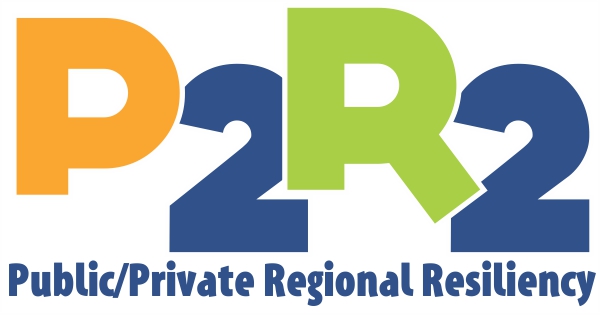The following links were useful during the Committee’s fact finding steps:
NEFRC used NOAA data to create maps for 1’, 3’ and 6’ of rise, based solely on elevation. Find them here.
The P2R2 Committee has looked for the best available data and images that describe our potential vulnerability to sea level rise. Below are links that have been helpful to us:
NOAA tidal gauges have been measuring the rate of sea level rise for years, at Fernandina Beach and Mayport (Bar Pilots Dock).
The US Army Corps of Engineers has a Sea Level Change Calculator that can be used with the tidal gauge data. Find links and instructions for its use here.
The Regional Action Plan for Sea Level Rise considered the potential for acceleration of the rate of sea level rise and the level of rise that showed significant impact in Matanzas Basin (see below). The Regional Action Plan and P2R2 recommend considering 1’-3’ by 2060 and 3’-6’ by 2110 for now, and adjusting as needed.
The North Florida Land Trust, a regional charitable non-profit focused on the preservation of natural and cultural resources, has conducted a review of coastal and riverine resources with a view to what ecosystem services they will provide long term in light of sea level rise. View information on their planning process here and a presentation given to P2R2 here.
The Guana Tolomato Matanzas National Estuarine Research Reserve worked with the University of Florida on a sea level rise study for Matanzas Basin. The final study is available here.
The 2013 Northeast Florida Regional Evacuation Study includes a regional map of Storm Surge and Flood Zones.
These tools provide useful information to understand and respond to the risk of sea level rise:
NOAA’s Office for Coastal Management has many resources on their Digital Coast website. NOAA has a sea level rise viewer that allows you to choose the location and level of rise. The Coastal Flood Exposure Mapper, that provides a more comprehensive view of assessing coastal hazard risks and vulnerabilities through a collection of maps and datasets.
The Surging Seas toolset is designed to provide citizens, communities and policy makers in the U.S. with the tailored local information they need to understand and respond to the risks of sea level rise and coastal flooding in their own neighborhoods, and shows areas vulnerable to permanent submergence from sea level rise, or to flooding from sea level rise, storm surge, tides, and tsunamis, in different combinations.
Flood iQ allows you to see your flood risk level and detailed summary for whichever flood type you’re most at risk for: repeated tidal flooding, hurricane category 1, or hurricane category 3.
University of Florida GeoPlan Center has a Sea Level Scenario Sketch Planning Tool.

